The Blackout Mystery: What Happened To Luxury Watches In The 1970s And 80s?
There's a period that sends shivers down the spines of watch enthusiasts - the dreaded "blackout phase." This era, stretching roughly from the late 1970s to the early 1990s, was a time when many storied luxury watch brands teetered on the brink of extinction, their production lines grinding to a halt as quartz technology threatened to obliterate centuries of mechanical mastery.
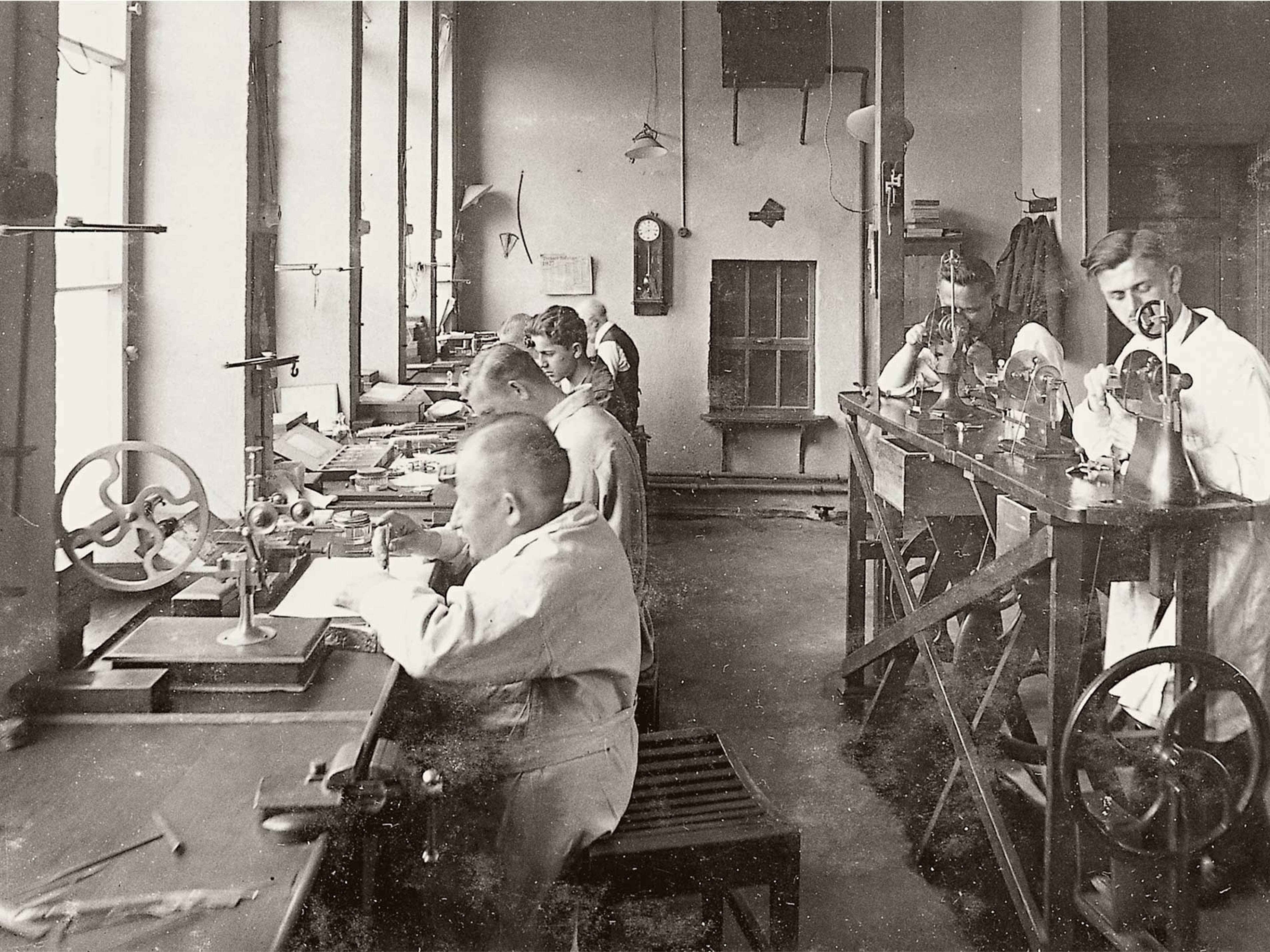
The quartz crisis, as it's often called, was nothing short of a cataclysm for the Swiss watch industry. Imagine the horror of seeing venerable maisons like Blancpain, Omega, and even the mighty Patek Philippe struggling to stay afloat in a sea of affordable, accurate, and soulless battery-powered timepieces. It was as if the very heart of haute horlogerie had stopped beating.
Blancpain, established in 1735, stands as one of the most dramatic examples of a brand's journey through the blackout phase. In 1975, SSIH (Société Suisse pour l'Industrie Horlogère), which later became part of the Swatch Group, made the decision to discontinue the Blancpain brand, deeming mechanical watches economically unviable in the face of quartz technology.
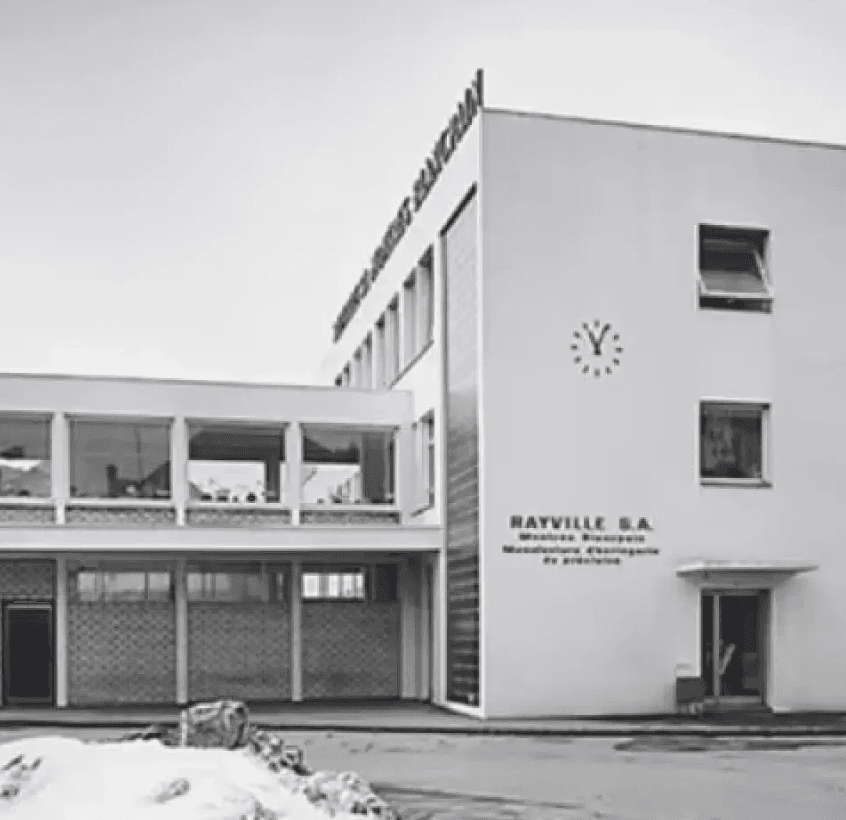
For nearly a decade, Blancpain ceased to exist as an independent entity. However, in 1983, Jean-Claude Biver and Jacques Piguet acquired the rights to the brand name for a mere 22,000 Swiss francs. Biver, a visionary in the watch industry, recognized the latent value in Blancpain's heritage and tradition.
The revival of Blancpain was predicated on a bold strategy: positioning the brand as the antithesis of the quartz movement. Biver famously declared, "Since 1735, there has never been a quartz Blancpain watch. And there never will be." This uncompromising commitment to mechanical watchmaking resonated with a growing subset of consumers who valued craftsmanship and tradition over mere timekeeping accuracy.
Blancpain's resurrection was further bolstered by its focus on creating highly complicated timepieces, such as the 1735 Grande Complication, which at the time was the world's most complicated wristwatch. This approach not only differentiated Blancpain from its competitors but also reestablished its credentials as a manufacturer of haute horlogerie.

Omega, while never completely ceasing production, experienced a significant decline during the blackout phase. The brand, which had achieved global recognition through its association with NASA and the Apollo missions, found itself struggling to maintain relevance in a market increasingly dominated by quartz watches. Omega's strategy during this period was multifaceted. While it did produce quartz watches to remain competitive, it also continued to manufacture mechanical timepieces, albeit at a reduced scale. The brand leveraged its historical achievements, such as the Speedmaster's role in space exploration, to maintain its prestige.
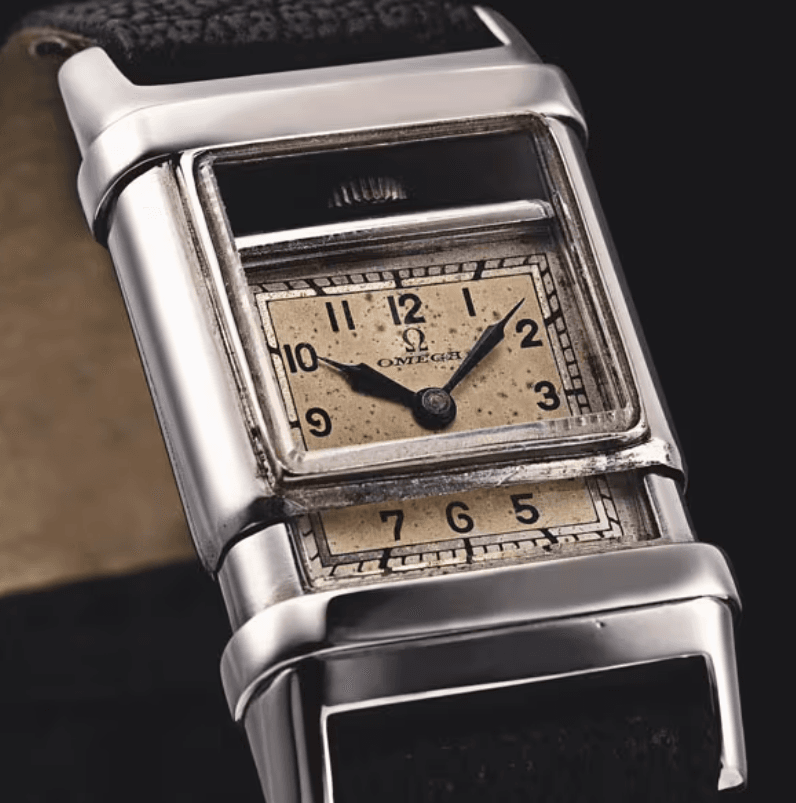
The true revival of Omega began in the 1990s under the stewardship of the Swatch Group. A key factor in this resurgence was the introduction of the co-axial escapement, developed by George Daniels and industrialized by Omega. This innovation allowed Omega to position itself at the forefront of mechanical watchmaking technology, bridging the gap between tradition and modernity.

Furthermore, Omega's revival was bolstered by strategic marketing initiatives, including high-profile partnerships and celebrity endorsements. The brand's association with James Bond, for instance, helped to reestablish its image as a producer of sophisticated, high-performance timepieces.
Perhaps the most surprising casualty of the quartz crisis was Patek Philippe, long considered the pinnacle of Swiss watchmaking. In the late 1970s, Patek Philippe faced the very real prospect of bankruptcy, a situation that would have been unthinkable just a decade earlier.
The revival of Patek Philippe can be largely attributed to the strategic vision of Philippe Stern. Rather than attempting to compete with quartz watches on their own terms, Stern made the bold decision to double down on complicated mechanical timepieces. This strategy was predicated on the belief that there would always be a market for exceptional craftsmanship and horological artistry.
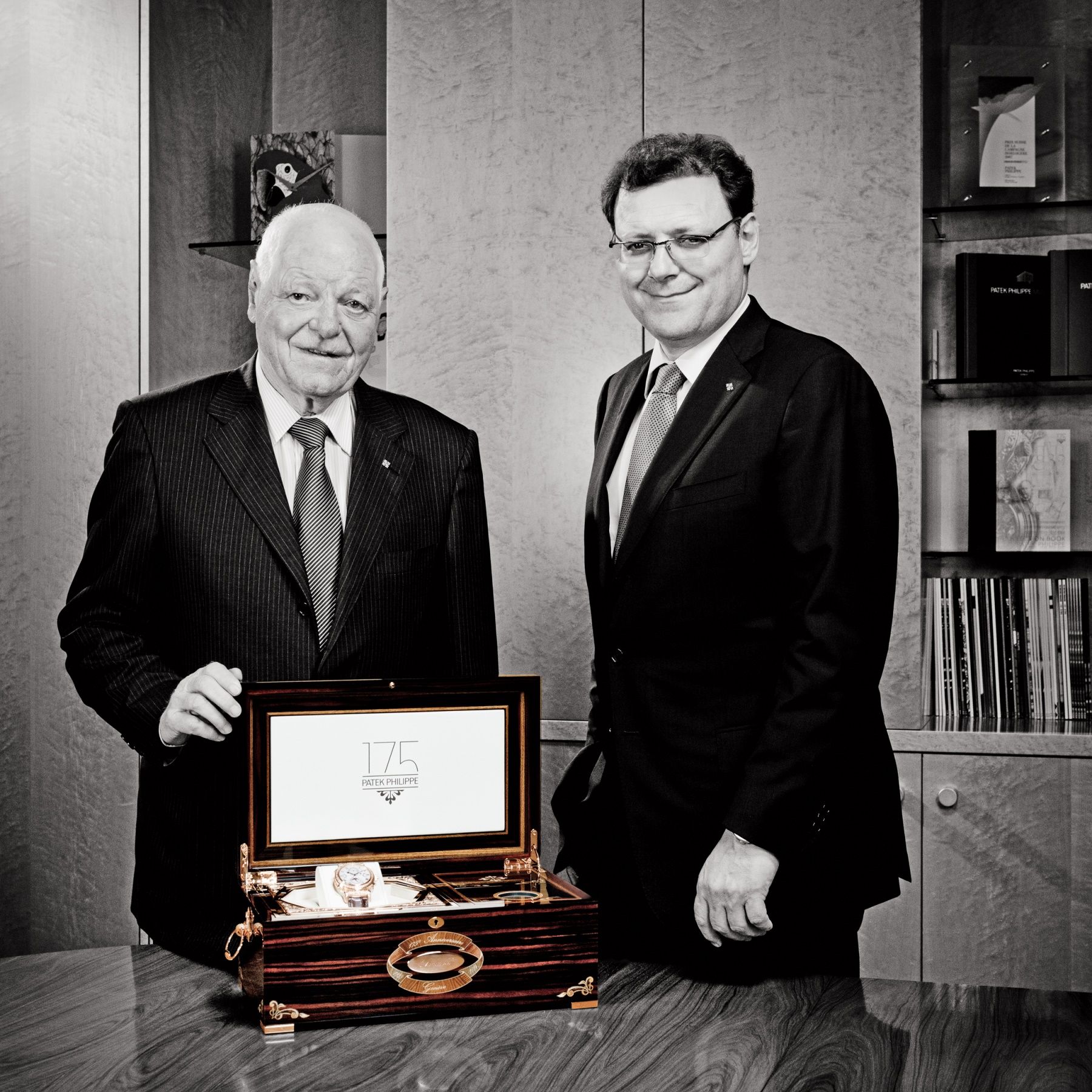
A pivotal moment in Patek Philippe's resurgence was the introduction of the Calibre 89 in 1989, created to commemorate the Manufacture's 150th anniversary. This pocket watch, featuring 33 complications, was the most complicated timepiece in the world at the time of its release. It served as a powerful statement of Patek Philippe's technical prowess and unwavering commitment to mechanical watchmaking.
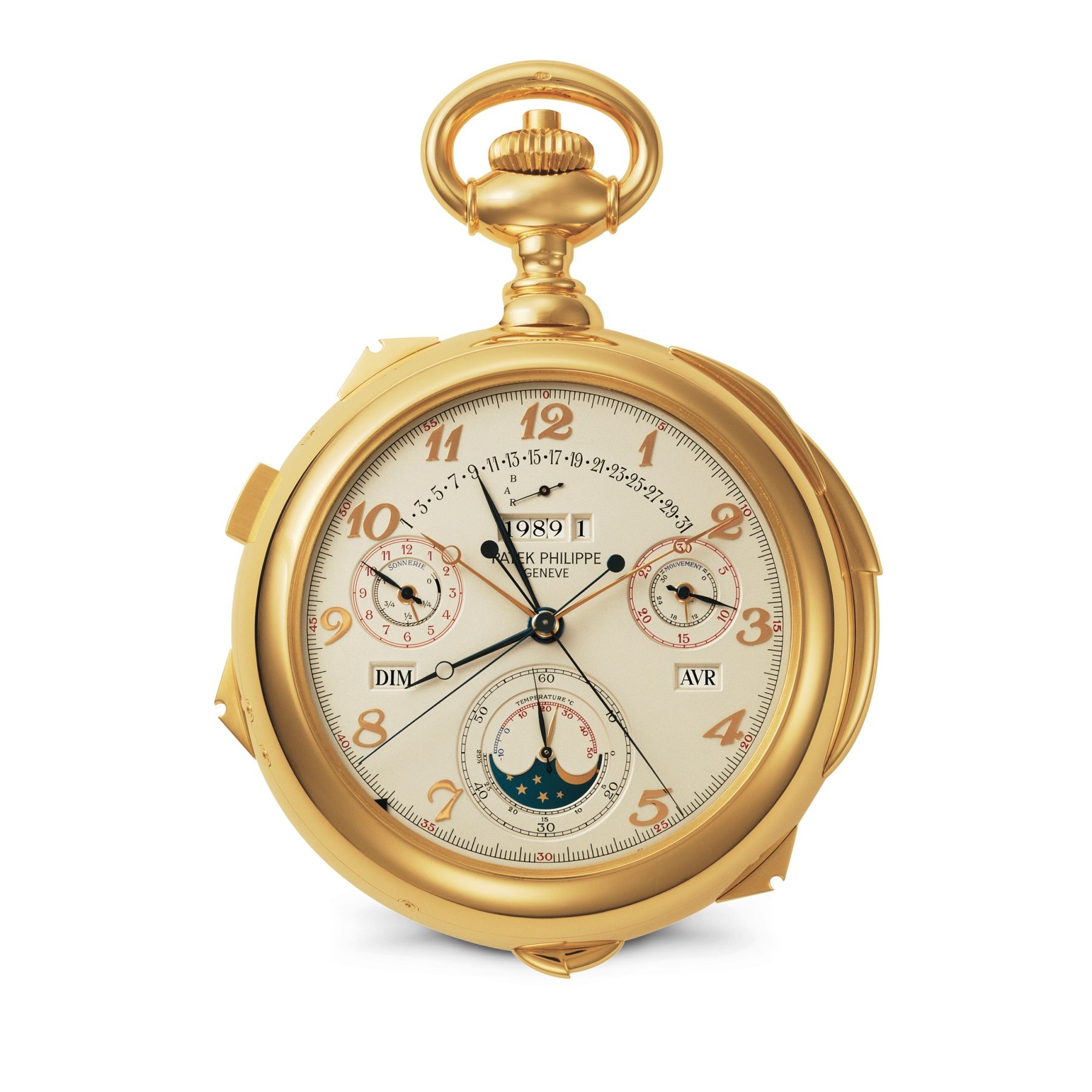
Additionally, Patek Philippe invested heavily in vertical integration, bringing more of its production in-house. This move not only ensured better quality control but also allowed the brand to position itself as a true manufacture, enhancing its prestige in the eyes of collectors and enthusiasts.
While not strictly part of the Swiss watch industry, the revival of A. Lange & Söhne in 1990 represents a significant chapter in the story of luxury watchmaking's resurgence. The brand, originally founded in 1845, had ceased to exist as an independent entity after the Second World War, when its workshops were expropriated by the East German government. The fall of the Berlin Wall in 1989 presented an opportunity for Walter Lange, great-grandson of the company's founder, to revive the brand. With the backing of Günter Blümlein and the LMH Group (which also owned IWC and Jaeger-LeCoultre), A. Lange & Söhne was reestablished in Glashütte, its historical home.

The revival of A. Lange & Söhne was predicated on a fusion of traditional German watchmaking principles with modern manufacturing techniques. The brand's first collection, unveiled in 1994, included the Lange 1, which would become its signature model. The distinctive off-center dial layout and outsize date display of the Lange 1 exemplified the brand's approach: respecting tradition while embracing innovation.

The success of A. Lange & Söhne's revival can be attributed to several factors. First, it filled a niche in the luxury watch market for high-end German watchmaking. Second, its commitment to exceptional finishing and complicated movements appealed to discerning collectors. Finally, the brand's limited production numbers ensured exclusivity, further enhancing its desirability. The blackout phase wasn't just about brands going dark - it was a time of profound identity crisis for the entire Swiss watch industry. As Nicolas Hayek, the savior of Swiss watchmaking, put it, "We were no longer making watches. We were making cheap, low-quality quartz movements to compete with the Far East. We had forgotten our roots."
This forgetting of roots led to some truly bizarre attempts at survival. IWC Schaffhausen briefly flirted with producing plastic-cased quartz watches. Can you imagine? It's like asking Michelangelo to paint by numbers. But from this darkness emerged a new appreciation for mechanical watchmaking. As the quartz fever began to break, collectors and enthusiasts started to rediscover the allure of springs, gears, and escapements. Brands that had weathered the storm, like Rolex and Audemars Piguet, found themselves perfectly positioned to capitalize on this renewed interest.

The revival wasn't just about resurrecting old brands - it was about reimagining what luxury watchmaking could be. When Günter Blümlein brought A. Lange & Söhne back from the dead in 1990, he didn't just recreate the past; he established a new paradigm for German haute horlogerie. Similarly, François-Paul Journe's eponymous brand, launched in 1999, showed that there was still room for innovation in traditional watchmaking.
The blackout phase, as devastating as it was, ultimately served as a crucible for the modern luxury watch industry. It separated the wheat from the chaff, forcing brands to justify their existence not just as timekeepers, but as objects of art, history, and emotion.
No articles found





